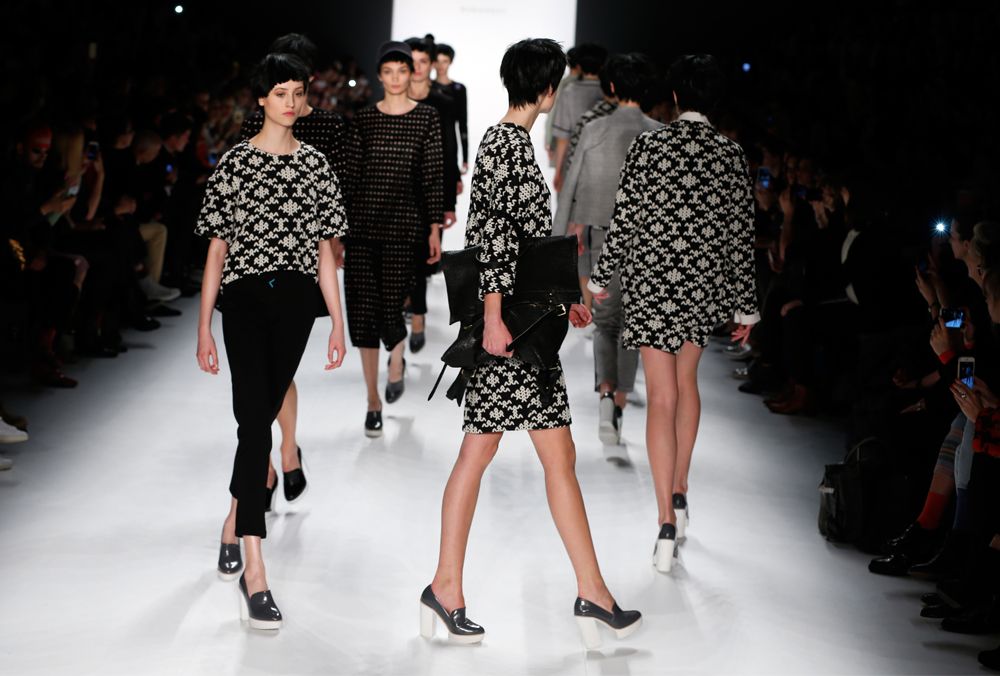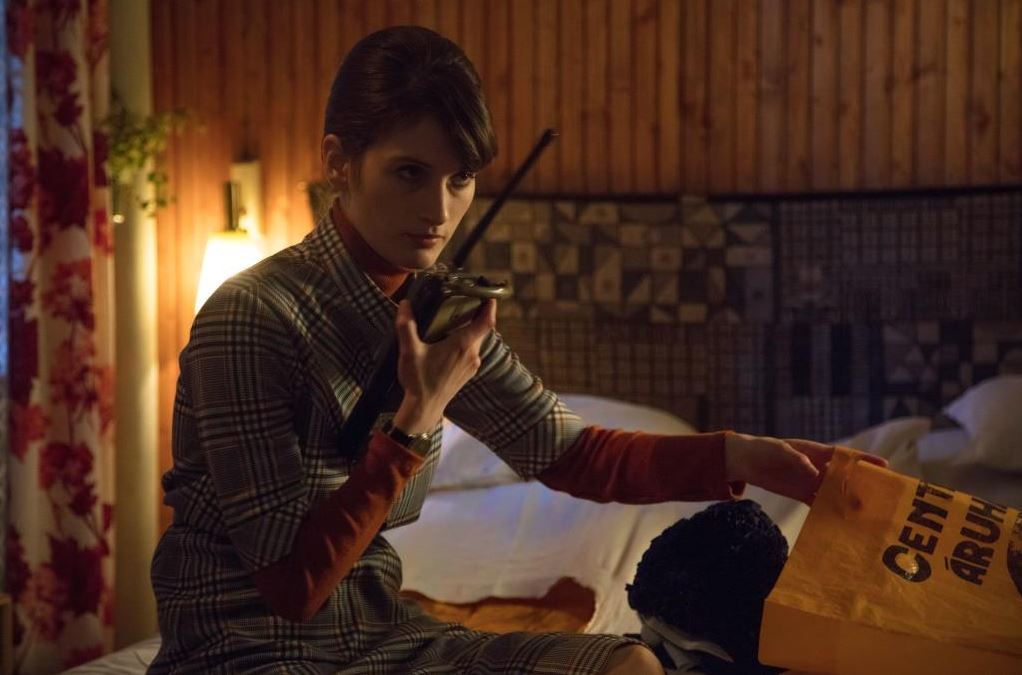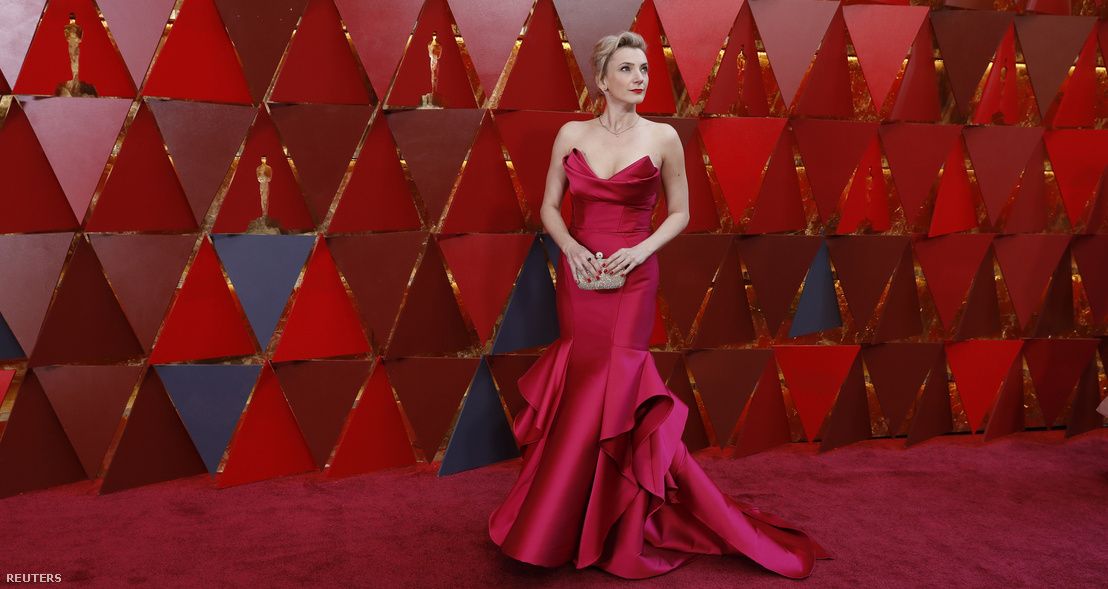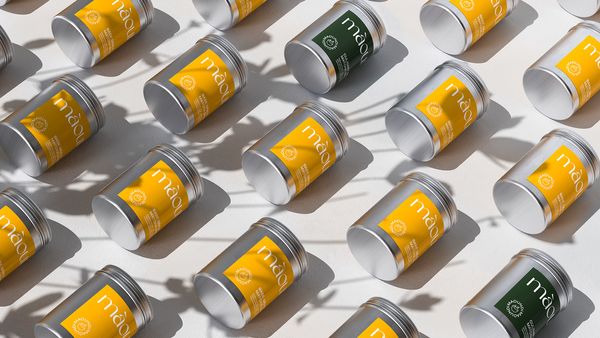Eszter Füzes worked as the designer of Hungarian brand USE unused for more than a decade, and with the dissolution of the brand, she looked for new paths in the Hungarian fashion scene. She started to offer style consulting services under the name STUDIO E: her program ranges from individual style consultation through wardrobe organization and shopping together to workshops and online courses, while also paying a great attention to customized solutions and education. We asked her about her career, the opportunities of young designers and the underdevelopment of the Hungarian clothing culture.
In 2004, you established the USE unused brand with András Tóth and Attila Godena-Juhász. What was your role in the brand’s life?
We worked on the creative tasks, designed the collections, chose materials and came up with the designs together. In addition, I was in charge of the process starting at orders and ending at delivery, that is, the production itself.
Despite the fact that, after thirteen years, USE announced to close down permanently the media still sees the brand as a success story. How could it become so successful?
Because we were pioneers in various fields in Hungary. Before launching our brand, salon work and made-to-measure were prevailing on account of the ateliers of Tamás Náray or Katti Zoób, for instance, while the prêt-à-porter line, to design collections for each season and to present it abroad, was not common at all. A few designers including Nanushka and Je Suis Belle started this in parallel with us at the time. This is what gave its difficulty at the same time: we had to learn a lot of things at our own expense, we didn’t know this system. At the time, a lot of important professions related to the industry like fashion sales or fashion marketing were unknown in the country, and investments for such projects didn’t exist back then either. There weren’t as many young designers in the market as there are today: since then, this trade has boomed. In spite of all this, we could be unique and stand out from the crowd because the brand represented a kind of quality, design and rhythm aligned to international trends that was unprecedented in the country.
In 2017, the brand ceased its operation as a result of the drastically changed fashion market environment. How did this change manifest itself?
A lot of changes occurred compared to when we started, especially from the perspectives of manufacturing, production and sales. After a while, it was simply impossible to maintain the quality and aesthetic we considered important, and this resulted in a lot of conflicts both within the brand and in our partner relationships.

The profession is oversaturated today, however, the knowledge necessary to lead a brand is much more present and available in Hungary as well. What do you think it’s like to launch a brand today?
I think it’s difficult, I don’t recommend it to anyone. Currently, I don’t see one tried-and-true recipe for international success for an emerging Hungarian brand. If someone aspires to be a fashion designer, I’d rather recommend that they intern for a brand they think is great. Go and take a look at it from the inside, look at all the things it takes to run a brand: it comes with a lot of stress, and of course a lot of great things, too, but designing itself only takes up a tiny fraction of the work, it is the operative tasks that demand the majority of the time.
How important is it for a Hungarian brand to achieve international success? Should we hope that, as a result of the pandemic, local values will gain more emphasis in the fashion industry?
I think aiming for the international market is important, because in Hungary the market is simply not big enough. If you can sell your products on an international level, then it’s easier to reach a volume that allows for smoother production processes and a realistic production cost. You need volume to reduce material prices, to optimize quantities and to cut sewing costs. Of course you can open your own brand store, but in order to have customers, you need visibility, which in turn needs brand knowledge, market knowledge and marketing. On the other hand, if someone is looking to produce high-quality and sophisticated products, these persons usually long to be acknowledged internationally.
USE closed its doors in 2017. What has happened to you since then, professionally speaking?
This was a difficult period, because I never had a plan B and I didn’t do anything to have one. For some time, I was trying to find my path: I was observing the impulses I received. I knew that I loved working with people: based on my fourteen years of experience, if I look at someone, I immediately see what fits their colors, what design and length would benefit their figure. I started to receive tasks like this, and I started to work on commercials with a few directors, where my job was once again to dress the characters. Then came the shooting of the movie Drakulics elvtárs, where I worked as a costume designer next to production designer Márton Ágh. I loved each of these tasks, because each brought new challenges. In the case of individual style consultations, I had to find customized solutions, while in the commercials and movies, I had to come up with characters.

So in your case, starting fashion and clothing-related consulting just happened organically, and you launched STUDIO E to give a framework to this activity. How often do style consultants come from a designer background?
I think I stand out with this, which is a definite advantage, because this way I can give advice while being vastly familiar with the clothing sector. With my background as a designer, I know the fabrics, designs and cuts better than those who started doing this with a background in coaching. Otherwise, I try to steer clear of this role of an instructor, I appreciate intimacy between two people more, when the client lets me into their intimate sphere and I can be honest with them. I don’t believe in the universal truths of clothing—but I do believe in customized solutions.
To what extent can this model built on personal relationships work during the pandemic? I understand you have also launched an online course…
That’s right, the Aesthetics course is held online, but I put a strong emphasis on individual problems in this case, as well. The course takes place along a unique methodology, where we put the whole together from small details. The curriculum of the course is based on self-awareness and expanding one’s knowledge, spiced up with playful, creative and inspirational tasks and insights into the fashion industry. Essentially this is not consulting, I rather teach them how to find their own paths in clothing. The participants have to complete tasks that I then evaluate separately, in a manner tailored to each person.

In general, what are the main problems that clients and the participants of your courses contact you with?
Usually people looking for a deeper knowledge apply to the courses, while those who need quick help generally opt for wardrobe organization, but it’s true for the members of both groups that they want to change but don’t know how. They don’t know where to shop, what suits them, they always go with the same pieces. Luckily more and more people are starting to realize this and are asking for professional help, since just because you’re a woman, it doesn’t necessarily mean you have a talent or skill for dressing.
In Hungary, the streetscape lags a long way behind Western metropolises in terms of clothing. There are practically no characters and sophisticated looks. This is true for corporate clothing culture, too, where the people’s clothes often don’t reflect their status, and just as in the case of the streetscape, it clearly shows that clothing and appearance are, unfortunately, not a part of culture. Companies dedicate a lot of time and energy to establishing their visual identities and to furnishing their offices, but they didn’t care about the clothing of their employees half as much, yet many times it is the employees that represent the company and shake hands with the client entering their premises.
If I sense it correctly, you do not only want to help the individuals, but also have some kind of a mission aimed at polishing the Hungarian clothing culture.
That’s absolutely right, improving the “streetscape” was already an important goal back in the day with USE. This is an old mission of mine, and there is still a lot to do in this field. It would be very refreshing, for instance, if, instead of or in addition to fast fashion stores, more attention were paid to smaller, more unique brands, if more people were exploiting the potential of second-hand stores and if our wardrobe’s included more vintage pieces.
Do you also give advice on where to shop? Are there any Hungarian brands, for example, that you recommend to your clients?
I always recommend stores based on one’s own style. Out of Hungarian designers, I frequently recommend AERON, The Garden Studio, the hats of Vecsei Millinery and TAU, Typo Showroom, Konfekció and Ludovika, amongst many others.

Versatile and effortless | LIS Design Studio











